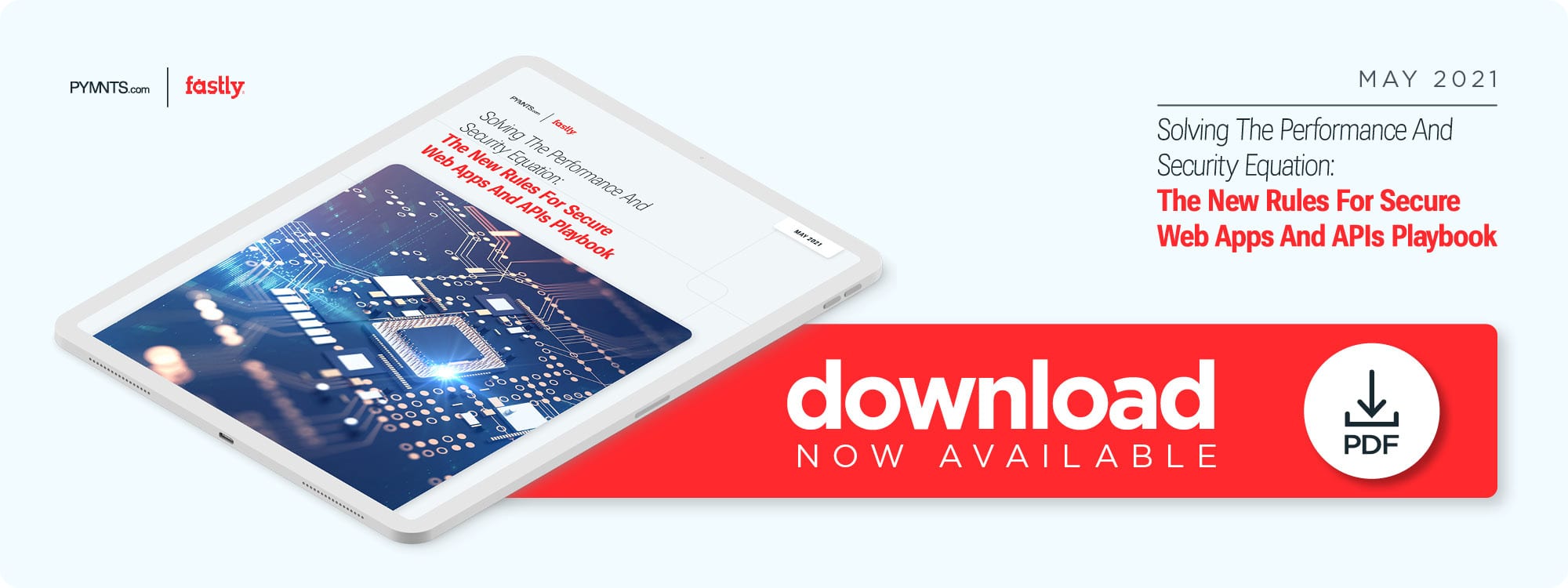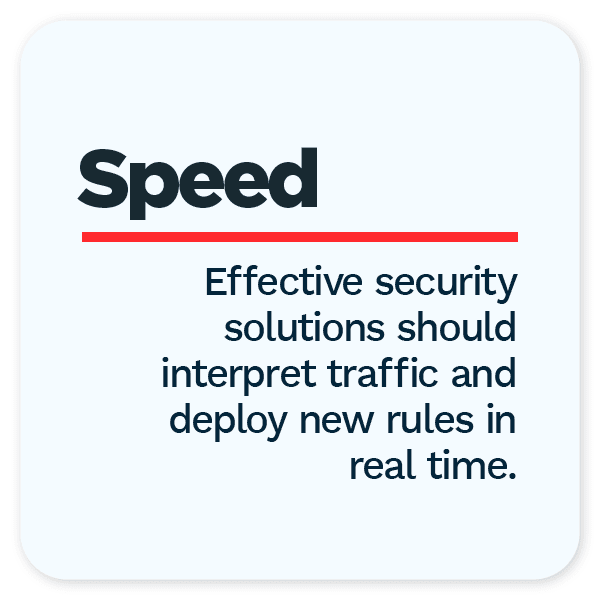NEW REPORT: FIs Elevate Their API, Web App Strategies With Performance-Enhancing Security

 Web apps and application programming interfaces (APIs) power eCommerce, real-time payments and location-based services such as Instacart, but they are also becoming the focus of a range of increasingly sophisticated cyberattacks that can compromise personal data and interrupt the customer experience. Cybercriminals leverage a host of tactics to circumvent the security of web apps and APIs, ranging from simple credential theft to comple
Web apps and application programming interfaces (APIs) power eCommerce, real-time payments and location-based services such as Instacart, but they are also becoming the focus of a range of increasingly sophisticated cyberattacks that can compromise personal data and interrupt the customer experience. Cybercriminals leverage a host of tactics to circumvent the security of web apps and APIs, ranging from simple credential theft to comple x, artificial intelligence (AI)-driven brute force attacks on connected accounts that result in account takeovers (ATOs) across entire networks.
x, artificial intelligence (AI)-driven brute force attacks on connected accounts that result in account takeovers (ATOs) across entire networks.
Consumers nevertheless demand safety and seamless performance on each device they own. This means financial services companies, or FinServs, must meet consumers’ high expectations for fast, consistent and frictionless customer experiences while simultaneously ensuring that their data and transactions are safeguarded from potential threats.
Solving The Performance And Security Equation: The New Rules For Secure Web Apps And APIs Playbook, a PYMNTS and Fastly collaboration, reviews the new rules to which development teams must adhere to protect web apps and APIs from a new generation of security threats. The Playbook reveals how businesses can leverage edge cloud technology to secure their consumers’ data and protect transactions from compromise while maintaining high performance at scale.
protect transactions from compromise while maintaining high performance at scale.
Financial institutions (FIs) have often had to choose between strict security or fast performance when it came to web app and API user experience. User authentication processes require strict security rules, and these measures, while necessary, may increase the time that it takes to onboard new product users or verify transactions — especially at scale or during traffic spikes. Loosening security standards in these cases might help performance, but this increases the likelihood of cyberattacks.
Edge cloud technology, which routs web app and API requests to the most optimal point of presence (POP) and manages content caches on the edge of the cloud, can help Fi nServs deliver seamless product performance without compromising security. Edge cloud services providers can offer companies visibility into security threats from Layer 7 (the application layer of the Open Systems Interconnect Model), allowing them to view, track and automatically block a range of potential attacks — from API abuse to ATOs to injection-style attacks — in real time before data security is affected. At the same time, the edge cloud’s advanced caching and optimized POPs deliver faster performance than regular or hybrid cloud solutions, reducing product performance latency and ensuring seamless customer experience across platforms and devices, even during traffic spikes.
nServs deliver seamless product performance without compromising security. Edge cloud services providers can offer companies visibility into security threats from Layer 7 (the application layer of the Open Systems Interconnect Model), allowing them to view, track and automatically block a range of potential attacks — from API abuse to ATOs to injection-style attacks — in real time before data security is affected. At the same time, the edge cloud’s advanced caching and optimized POPs deliver faster performance than regular or hybrid cloud solutions, reducing product performance latency and ensuring seamless customer experience across platforms and devices, even during traffic spikes.
To learn more about how to quick start a modern security model for web apps and APIs, download the Playbook.
